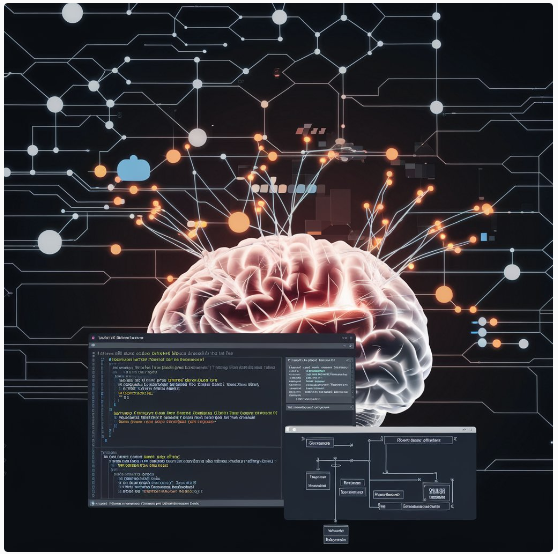Knowledge Graph Machine Learning: A Powerful Tool for Data Analysis
Knowledge graph would eventually become one of the game-changing tool in data management and analysis. They are a controlled way of organizing and presenting data that allows users to read it in an organized manner so that both humans and machines can interpret the same. When combined with machine learning, knowledge graphs can unleash some amazing insights and trigger innovation in diverse domains.

What is a Knowledge Graph?
Essentially, a knowledge graph is a semantic network that links entities with their relationships. It is composed of the nodes (entities), as well as the edges, which are responsible for representing how those connections work. A node might be a person, place, or thing; and an edge the relationship (lives in/is friend of/works for)currentIndex[index] res.
The Power of Knowledge Graph Machine Learning
When machine learning algorithms are applied to knowledge graphs, they can:
- Uncover new relationships: By examining the graph data at your disposal, machine learning can even detect hidden patterns and associations that may not be obvious.
- Enhance recommendation systems — Being able to offer more tailored & useful recommendations can be a boost for your company, knowledge graphs allow you so see relationships in data which provide valuable context that is an advantage when designing better and individualized suggestions.
- Improve natural language processing: When machine learning models know the semantics behind various entities, it helps them to understand and respond more accurately to your queries.
- Do well in answering questions: Knowledge graphs can be a base to build smart question-answering systems where it should give the correct and relevant terse response for users query.
- Decision support: Knowledge graphs can collate information from a number of different datasets — so the results you’re getting are not isolated in patches; they should help organizations take more informed decisions and need be also throw light on opportunities for improvements.
Key Techniques in Knowledge Graph Machine Learning
Several machine learning techniques are commonly used in conjunction with knowledge graphs:
- Knowledge graph embedding : It basically represents entities and relationships as vectors in a low dimensional space, which is easier for machine learning algorithms to work with.
- The part mentions Graph neural networks– a kind of GNN is denoted by Gand they are designed to function over graph structured data. It can easily learn patterns and representations of the graph to perform tasks like node classification, link prediction, and graph classification.
- Development of rules: It means the process through which we extract rules from knowledge graph (can be used to infer new information, or create a validation for existing formed assertions).
Applications of Knowledge Graph Machine Learning
Knowledge graph machine learning has a wide range of applications across various industries, including:
- Healthcare: Analyzing medical records to identify disease patterns and predict patient outcomes.
- Finance: Detecting fraud and assessing risk in financial transactions.
- E-commerce: Providing personalized product recommendations and improving customer service.
- Bioinformatics: Understanding biological processes and discovering new drug targets.
- Social media: Analyzing social networks to identify influential users and understand community dynamics.
As knowledge graphs and machine learning continue to evolve, we can expect to see even more innovative and powerful applications in the future. By leveraging the combined strengths of these technologies, we can unlock new insights, improve decision-making, and drive progress across various fields.






